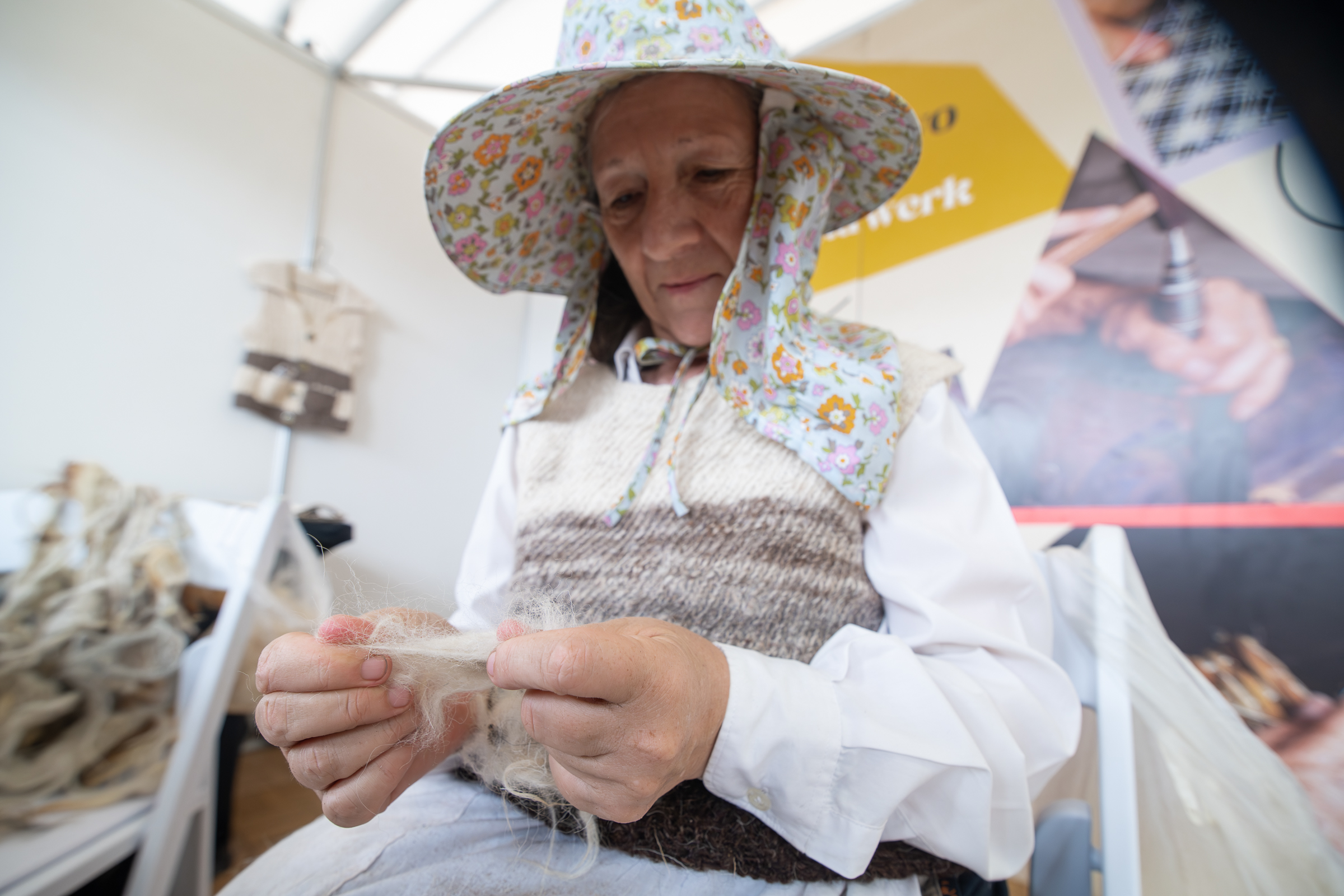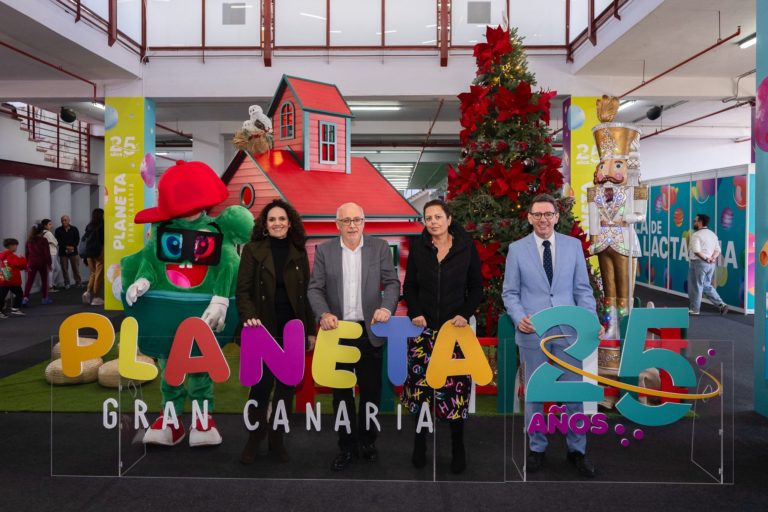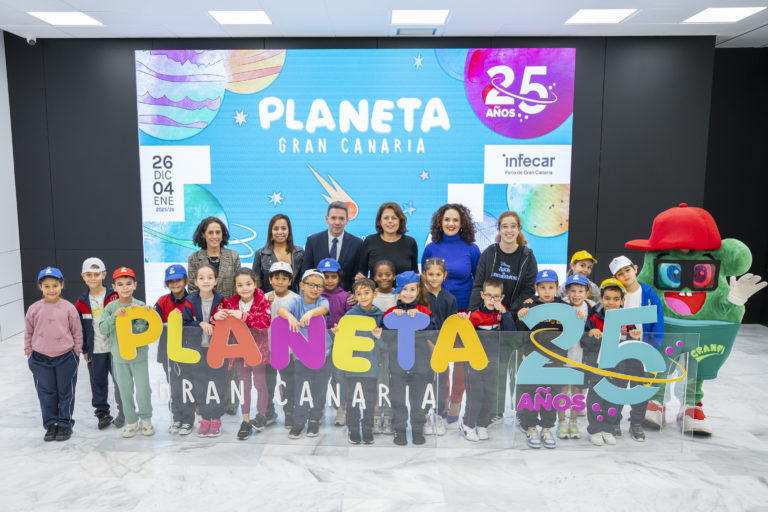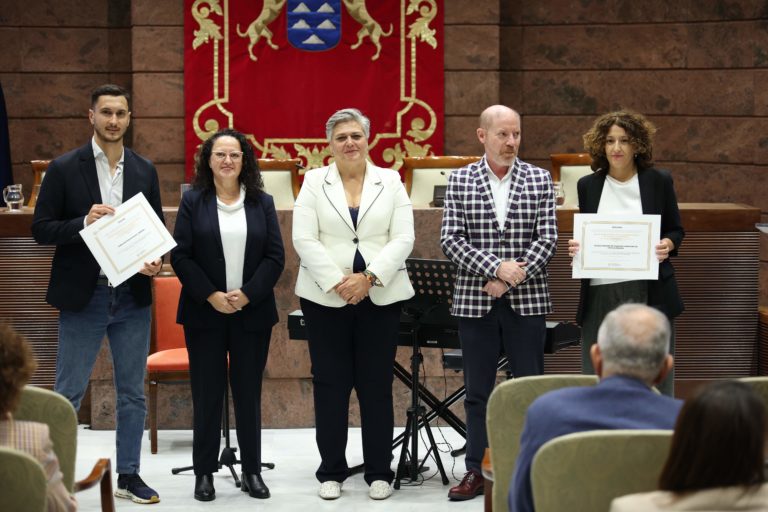- Next to the Maspalomas Lighthouse, and until Sunday the 17th, the exhibition continues to offer the chance to discover and purchase the creations of 73 artisans who put care into every piece and have transformed this iconic setting into a showcase for centuries-old crafts
- Live craft demonstrations and musical performances will continue to enliven the afternoons and evenings this weekend in this popular tourist hub in the south of the island
The Gran Canaria Summer South Craft Fair will remain open until Sunday, August 17, combining sunsets in the privileged surroundings of the Maspalomas Lighthouse with three marquees set up alongside one of the island’s most emblematic landmarks, where skilled hands continue to weave stories you can still experience first-hand. Four days remain to visit the 18th edition of this summer event — a unique opportunity to witness the meticulous work of Gran Canaria’s artisans. The exhibition features 73 master craftsmen and craftswomen who display their creations while sharing their passion for their trades.
Every afternoon, from 5:00 pm to 11:00 pm, residents and visitors can discover the authenticity of blacksmithing, ceramics, leatherworking, or locally made fashion, where ancestral crafts such as basketry share space with contemporary creations that remain connected to tradition. It’s a chance to take home an object that has gone through a careful creation process — a legacy of ancient trades.
One of this edition’s main attractions is its Live Craft Space, where unique pieces are created daily. As Virginia González, the spinner who took part in this initiative on August 8, the opening day of the fair, explained: “What I do here is transmit knowledge live and without words. In a time when everything has been said but little is done, I like people to see the process and feel curious about continuing this wonderful craft.”
This philosophy makes each visit an unrepeatable experience, where, in addition to purchasing products guaranteed by the FEDAC, visitors can learn about and experience the production process. Other master craftsmen and craftswomen have also shared their knowledge in this space since the fair opened, with demonstrations of drawn-thread embroidery, felting, reed basketry, pottery, and embroidery, highlighting the value of handmade, carefully crafted items.
In the coming days, activities at the Gran Canaria Craft Fair will continue at the Lighthouse, blending native cultural elements. Today, Thursday 14, Josefa Peña will showcase the delicacy and skill of embroidery; tomorrow, Friday 15, Eloísa Peña will demonstrate how to turn rye into functional art; on Saturday 16, Manuel González will reveal the secrets of traditional knife-making; and on Sunday 17, Gustavo Santana will close the cycle with the art of stone masonry.
Music will also continue to play a key role in bringing the event to life, with a performance this Friday, 15, at 8:00 pm by the duo Zaida Jiménez and Juan Sebastián Ramírez. At the same time on Saturday, 16, the folk trio made up of Alberto González, Iván Quintana, and Juan Sebastián Ramírez will close out the penultimate day of the fair.
This edition has welcomed seven new female artisans, confirming the vitality and strong female presence in the sector. Their testimonies reflect diverse expectations but share a common thread: creating genuine connections with an audience that appreciates their work and with fellow artisans, while also marketing their products — an essential goal for keeping these trades alive.
Among these new artisans, candle maker Alejandra Carpio, creator of the Sinergyale brand, sees the fair as “a rewarding experience to make myself known, enjoy the exchange with other artisans, and bring my work to new audiences.”
Ceramicist Florencia Hinze, of Flo Cerámica, especially values “the opportunity to show my creative process and connect with clients looking for unique pieces with history.” Meanwhile, seamstress Isabel María Peña, who specialises in children’s products under the Frijolito Canarias label, highlights that “the privileged location and afternoon hours create the perfect atmosphere for visitors to discover the island’s rich craft heritage.”
Veteran participants add a complementary perspective. For jeweller Alberto Javier Lorenzo, with nearly four decades in the trade, “each fair is a door that opens to future projects and collaborations; here we don’t just sell, we build relationships.”
Toy maker Pedro Conde, who specialises in pieces that come to life through physics without batteries or electricity, points out that “holding the fair here, by the sea, is a great choice. The afternoon schedule works very well, with lots of visitors, both tourists and locals.”
Macramé artisan Ricardo Parra, who has been part of FEDAC fairs for nine years, says that “this is the best workspace for us as artisans. Tourists value handcrafted work, and locals come on the weekends. It’s the best showcase we can have.” For him, last year’s fair was “one of the best” and he hopes this edition will be just as successful.
This summer event, organized by Infecar Feria de Gran Canaria and promoted by the Island Council through the Canary Islands Ethnography and Handicraft Development Fund (FEDAC), part of the Department of Economic Development, Industry, Trade, and Handicrafts, has brought together professionals from 21 different trades representing 16 municipalities across Gran Canaria, confirming that craftsmanship remains alive in every corner of the island.
With free admission, this initiative offers the chance to discover the story behind each piece, helping to preserve tradition, and each purchase supports the continuity of trades that represent the cultural and historical heritage of Gran Canaria.
More information: www.feriasartesaniagrancanaria.es



